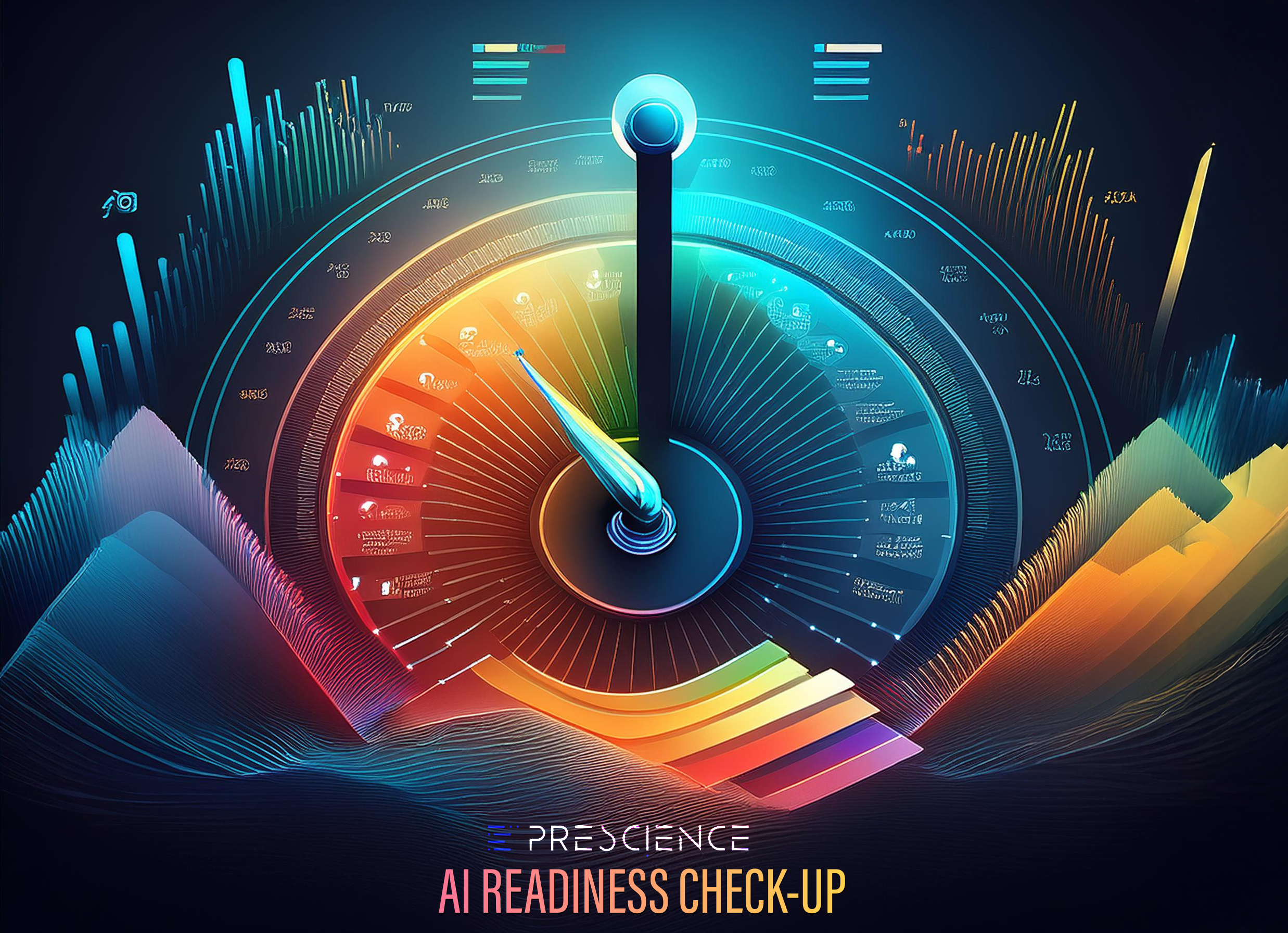Today’s supply chain is global and complex.
The Chinese government notified the World Health Organization of an unusual pneumonia (later identified to have been caused by the novel coronavirus or COVID-19) in the city of Wuhan in December 2019. Weeks later, as the illness spread and the death toll climbed, the government placed not just Wuhan but other cities as well, under quarantine-related lockdown, affecting over 46 million people.
As COVID-19 spreads globally, its effect on business is amplified with every passing day. Instances of infections in the manufacturing hubs of mainland Europe are being reported every day. A large number of factories in China remain shut as their employees are unable to return to work. These factories drive the global economy by providing thousands of parts, chemicals and similar additives that make up a finished product. Factories in other countries have also started announcing plans to temporarily suspend production or operate at a reduced capacity because they are unable procure parts from Chinese suppliers. In addition to this, detection of COVID-19 on the shop-floor has sent entire assembly units into unplanned and urgent shutdowns.
The ripple effect of this situation is just beginning to show. Chinese and multinational companies are starting to feel disruption in their supply chains as the coronavirus continues to spread. The longer the quarantine is enforced in Hubei province and in global business hubs, the greater the effect will be on the supply chain of multiple industries across the world.
Just this week, information has begun to flow that the near-pandemic might effect Apple’s plans to launch its new products in September, as they do every year. If it’s Apple today, it could be a BMW, Audi, Samsung (Korea is fighting its own battle with coronavirus) and many more.
The question that is being asked is if supply chain analytics can help in avoiding or minimizing the impact of such unexpected situations. We are of the view that such rare events cannot be entirely modelled into analytics for a very precise output, but enterprises can improve the output of their analytics initiatives through the following steps:
Improve Vendor Knowledge
Gather more details about your vendors, especially the second and third-tier vendors, including their locations and the transportation information. You may also want to create a knowledge-base of the key vendors of your critical tier-one vendors.
Create a method to gather local news and weather information about vendor locations through public data, social media and disaster management organizations, to understand if there could be any cause for a force majeure event for a supplier. This is important not just from the perspective of a global pandemic but also to factor in the impact of global climate change. This combination will help you to get alerts whenever a similar situation occurs in future.
Develop alternate sourcing partners
Develop a list of alternate vendors for the various items procured by your enterprise. Face masks going off-the-shelves in San Francisco is a scenario that very few would have imagined, but that’s a reality now. Diversify the base in terms of locations, ownership, and other critical parameters so that you are not stuck when your primary vendor is unable to fulfil its commitments. This isn’t just a supply chain issue, it’s an issue that has a direct impact on your business.
Enhance Your Supply Chain Analytics System
Use the data gathered from the steps above to enhance your supply chain analytics system to achieve the following.
- Detect early alerts for critical situations from alternate data sources. such as local news and weather from vendor locations, social media and disaster management organizations to figure out if there could be any cause for a force majeure event from a supplier due to pandemics, floods, earthquakes, wars, riots, etc. This can be achieved by analysing the data through a Natural Language Processing (NLP) engine.
- Spread your vendor network around to mitigate the risks associated with dependence on just one vendor. Diversify geographically.
- Make adjustments to your demand projections, which may be affected by the same reasons that are affecting your supply chain. For example, while Apple has to reduce its production due to the coronavirus pandemic, it also has to adjust its demand forecasts for the Chinese market.
While partner analytics, lead-time analytics and demand forecasting can help you prepare for a situation such as the one posed by coronavirus, there’s no denying that such events will have a negative impact on global business. The global markets have echoed this sentiment with their free-fall after the CDC said that the US could see coronavirus-related incidents rise.
There are two more aspects that even the most evolved data-analytics and machine learning models and deployments can’t provide – empathy and compassion. These two will help get the global business scenario get back on its feet quicker than anything else.
If you are looking for a starting point for your business, take advantage of our personalized FREE consultation workshop Sign up here.
Subscribe for regular updates on AI and Data Innovations, case studies, and blogs. Join our mailing list.

Anirban is a veteran in the IT space with 20+ years of experience in working with customers and providing them solutions and products that meet their needs. His current passion is to enable enterprises to derive value out of their data. His idea of relaxation is reading books or catching up with the news from the world of football.




